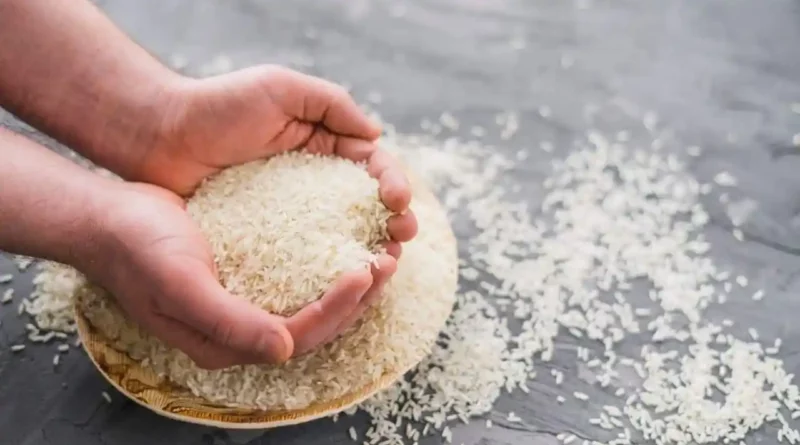India’s move to permit NCEL to export white rice to 3 nations evokes mixed reaction
The Indian government’s decision to allow exports of 1.43 lakh tonnes (lt) of white rice to Singapore, Mauritius and Bhutan through the National Cooperative Exports Ltd (NCEL) has been welcomed as a boost to the co-operative sector.
But a section of the trade is of the view that NCEL, which was allowed to be set up by the Union Cabinet in January this year, lacks experience in the export market and may not stand up to the demands of buyers abroad. ‘The Centre’s move to allow exports of white rice through NCEL is a welcome step. It will further boost the co-operative societies and also farmer producer organisations (FPOs),’ said Rajesh Paharia Jain, a Delhi-based exporter.
Paddy FPOs to benefit
NCEL has been set up under the Multi-State Cooperative Societies Act, 2002. All cooperatives are eligible to become its members. Responding to a question last month in the Rajya Sabha, Union Minister for Home and Co-operation Amit Shah said NCEL will focus on ‘exporting surpluses available in the co-operative sector by accessing wider markets beyond the geographical contours of the country, thereby, increasing the demand of Indian co-operative products/services’.
NCEL will have an authorised share capital of ?2,000 crore in which the initial paid-up share capital will be ?500 crore. The initial contributions for the capital have been shared equally by Indian Farmers Fertilizer Cooperative (IFFCO), Krishak Bharati Cooperative (Kribhco), National Agricultural Cooperative Marketing Federation of India (Nafed), Gujarat Cooperative Milk Marketing Federation (GCMMF) and National Cooperative Development Corporation (NCDC). ‘There are 160 FPOs that deal with paddy. Haryana co-operative federation HAFED trades in Basmati. Nafed and Kribhco purchase from the open market. And GCMMF is well-versed with not just procuring from farmers but also ensuring remunerative payment for them. In such circumstances, giving NCEL permission to export rice is a good decision,’ said an agricultural expert who did not wish to identify.
A Kribhco official said rice exports would be done through procurement of rice from cooperatives and FPOs only as mandated by NCEL bylaw.
Govt’s objective
‘The Centre is wrong in allowing only NCEL to export white rice to the three countries. Bureaucrats do not know much about trading. We can only pray that they will not damage our reputation,’ said a South India-based trader without wishing to identify.
NCEL could probably handle exports now since there is no competition and it is the sole agency permitted. But when exports open up, the organisation could stand exposed, said the trader.
The agricultural expert said in 1990, 17 per cent of exports from the US were through the co-operatives sector and their share in the global market was nine per cent. ‘The Indian government’s objective of floating the NCEL is to make the co-operative sector strong so that farmers can begin to be directly involved in exports,’ the expert said.
‘The motive of allowing NCEL to export seems good. But can it withstand the challenges in the global market? This is the main concern of the trade,’ said a trade analyst.
Reasons for the ban
The Centre allowed exports of 1.43 lakh tonnes of white rice to the three countries as a special case and on a government-to-government (G2G) basis following requests from the respective heads of State as the nations’ food security was under threat.
While curbing rice exports as part of its efforts to tame surging prices and meet domestic demand, the government said it would consider G2G exports on grounds of food security.
Though the area under rice has increased during the current kharif season, the Centre fears production could be lower in view of floods damaging paddy in north India and a long dry period affecting the crop in south India.
This article has been republished from The Hindu Business Line

